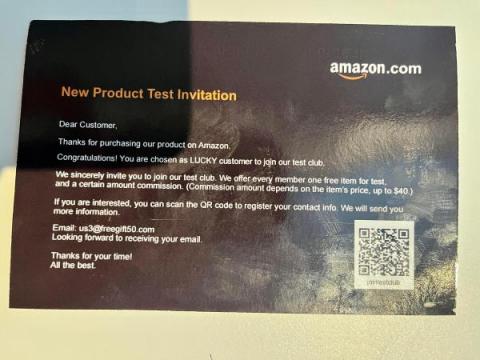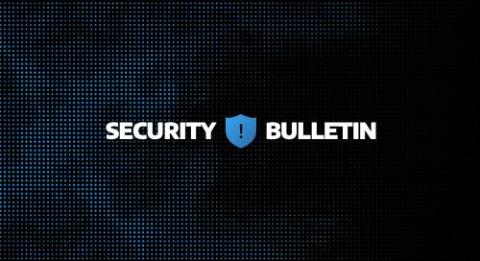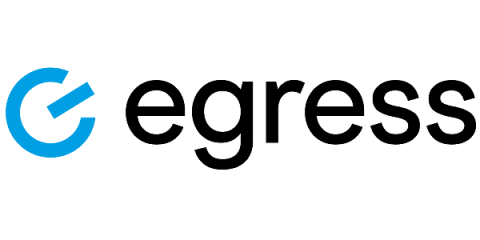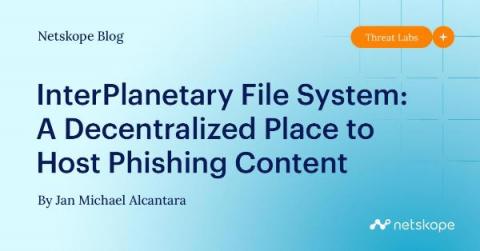New Top-Level Domains as Potential Phishing Risk
Google has recently introduced a set of new top-level domains: .dad, .esq, .prof, .phd, .nexus, .foo, .zip and.mov. They’re now available for purchase, and it’s the last two that are attracting attention due to the risk of abuse in phishing attacks. WIRED describes why.zip and.mov have raised concerns. “The two stand out because they are also common file extension names. The former, .zip, is ubiquitous for data compression, while.mov is a video format developed by Apple.








